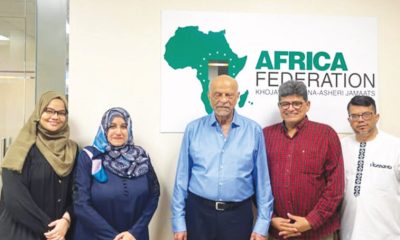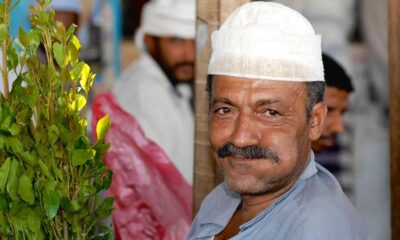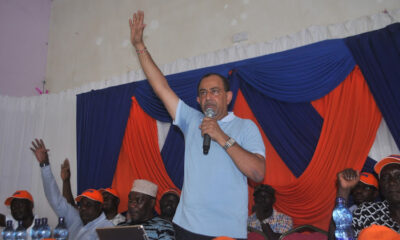News
Is Mombasa Next Or Already Is? Morocco’s Subservience To Heroin
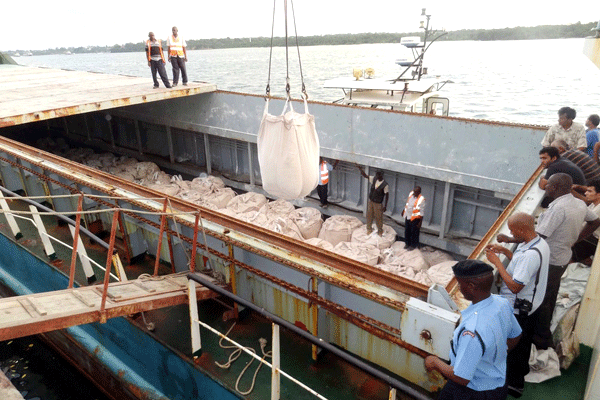
Heroin cases in Kenya especially Mombasa and Nairobi are on the high yet government playing it low and substituting the much-needed efforts to fighting, so they say, cannabis.
Narcotic lords, from the few the government, has publicly arrested and some like Ali Punjani, who is allegedly in the country yet he has a warrant of arrest on his head, remain untouchable and if the allegations are to go by, he’s is untraceable!
Mid last month, Mombasa Principal Magistrate Edgar Kagoni was among four people arrested by DCI in connections with the loss of 10kg of heroin. According to the state, the Heroin was valued at Sh30million. Also in Question was the cash of various currencies amounting to more than Sh600,000 were exhibits in an ongoing case in Mombasa Law Courts.
This should act as a case study for Mombasa residents and the County government leadership that has also been allegedly abetting Narco Lords and their illegal business.
In a filthy squat in a beach town in northern Morocco, drug users inject and smoke heroin, a relatively recent scourge plaguing a region long known for cannabis and contraband. Rachid says he does nothing with his life, except heroin.
“I shoot up four or five times a day,” the 34-year-old said, breathing raggedly.
He shows his arms, scarred from a decade of injecting, before taking a sniff of glue to prolong the high. Half a dozen others are shooting up or smoking heroin alongside Rachid in the squat, located behind a police station in M’diq, a Mediterranean resort near the city of Tetouan.
The sale and consumption of heroin is illegal in Morocco, but thanks to the efforts of ALCS in Tetouan, “it is very rare that users are arrested for their own personal consumption”, said Dr Mohamed El Khammas.
He runs the harm reduction programme launched by ALCS in 2009, which combines awareness-raising, distribution of materials like clean needles and screening.
“The idea is not to moralize, but to help the user to reduce negative effects,” Khammas said.
In this region, known worldwide for its hashish produced in the Rif mountains, heroin use is a relatively recent development that is growing exponentially, experts say.
“It’s a public health priority, especially as the heroin being sold is very bad quality: it is mixed with talcum powder, paracetamol, and glue,” Khammas said.
The typical user is a “single man, aged 30-35 with little or no education who has never worked or works on an occasional basis,” according to a 2014 report from the National Observatory on Drugs and Addiction (ONDA).
The northern urban centers of Tetouan, Tangier, and Nador are Morocco’s worst affected areas. The spread of heroin is facilitated by the great population mobility between southern Europe and northern Morocco, and the increased use of well-established cannabis routes by traffickers from Latin America to smuggle cocaine and heroin to Europe, ONDA said.
Those drug barons also barter heroin for cannabis in the Rif, according to ALCS staff. The number of heroin users in Morocco is unknown. According to ALCS, there are likely several thousand heroin users in Tetouan alone, a city of 380,000 people, which was once the seat of the Spanish administration under the dictator Francisco Franco.
Hassna, a 46-year-old ALCS caseworker, distributes clean drug paraphernalia from her backpack to users gathered in the M’diq squat.
“We urge them not to share syringes, we accompany them to health centres and we try to convince them to take care of themselves,” she said.
Rachid said he is “incapable of quitting”. But he does want access to methadone: “That’s all we ask,” he said. This opioid substitute is distributed by addiction treatment centres in Tetouan, but in “insufficient amounts”, Rachid said.
“Withdrawal is terrible, you have cramps, anxiety,” said his companion Mohamed, a waxen-faced 24-year-old with a syringe buried in his tattooed arm.
Every evening, an ALCS medical vehicle is parked in a different location, with a doctor, nurse and field workers on hand. Once a week, the team parks near a cemetery overlooking Tetouan, a common spot for users.
One of them, a 56-year-old named Said, said he “lost everything” because of heroin.
“I am at rock bottom. The hardest part is on the social level. I lost 30 kilos (66 pounds) because of this crap. When an old friend sees me in the street, he looks away.” 37-year-old Abdelilah said.
Kenya Insights allows guest blogging, if you want to be published on Kenya’s most authoritative and accurate blog, have an expose, news TIPS, story angles, human interest stories, drop us an email on [email protected] or via Telegram
-
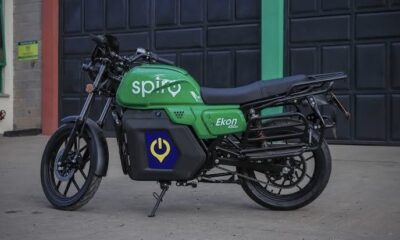
 Business2 weeks ago
Business2 weeks agoIt’s a Carbon Trading Firm: What Kenyans Need to Know About Spiro’s Business Model Amid Damning Allegations of Predatory Lending
-
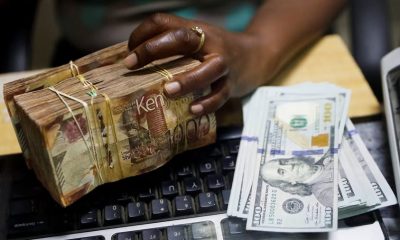
 Business2 weeks ago
Business2 weeks agoManager Flees Safaricom-Linked Sacco As Fears Of Investors Losing Savings Becomes Imminent
-
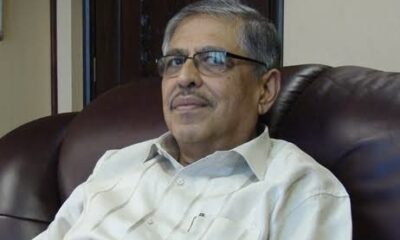
 News2 weeks ago
News2 weeks agoWoman Accused in High Defamation Blames AI As Case Exposes How Mombasa Billionaire Mohamed Jaffer Allegedly Sponsored Smear Campaign Linking Joho’s Family To Drug Trafficking
-

 Investigations5 days ago
Investigations5 days agoBillions Stolen, Millions Laundered: How Minnesota’s COVID Fraud Exposed Cracks in Somali Remittance Networks
-
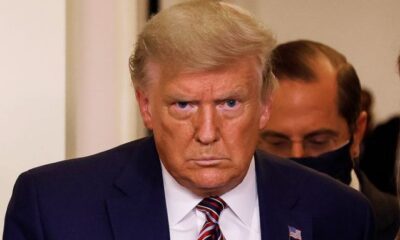
 News6 days ago
News6 days agoUS Moves to Seize Luxury Kenya Properties in Sh39 Billion Covid Fraud Scandal
-
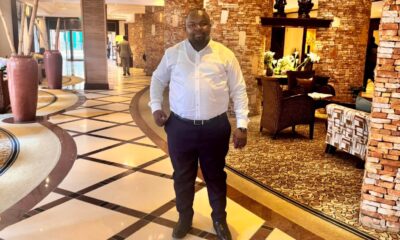
 Investigations2 weeks ago
Investigations2 weeks agoIntelligence Report Links Budding Politician James Mabele Magio To International Scammers Ring
-
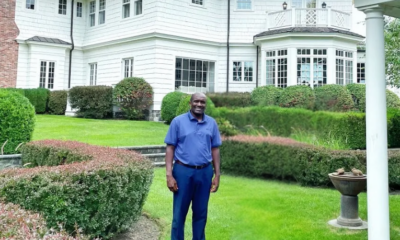
 Investigations5 days ago
Investigations5 days agoJulius Mwale Throws Contractor Under the Bus in Court Amid Mounting Pressure From Indebted Partners
-

 News6 days ago
News6 days agoMAINGA CLINGS TO POWER: Kenya Railways Boss Defies Tenure Expiry Amid Corruption Storm and Court Battles

